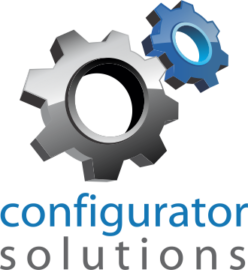CPQ (Configure, Price, Quote) software is a tool that helps organizations streamline their sales processes by automating the steps involved in customizing, pricing, and generating quotes for products and services. This software is particularly useful for businesses that deal with a high volume of customized or engineered products, as it can help them save time and reduce errors in the quoting process.
One of the key features of CPQ software is the ability to perform calculations, such as valve cavitation calculation, which is an essential aspect of designing and sizing hydraulic systems. Cavitation is a phenomenon that occurs in fluid flow systems when the fluid pressure drops below its vapor pressure, causing bubbles to form and collapse in the fluid stream. These collapsing bubbles can cause damage to pumps, valves, and other components in the system, leading to reduced efficiency, increased maintenance costs, and decreased system lifespan.
To prevent cavitation, engineers must ensure that the system’s design meets certain standards and guidelines. Some of the most common standards for valve cavitation calculation include the International Standard ISO 12100, the American Society of Mechanical Engineers (ASME) B31.3 Process Piping Code, and the Hydraulic Institute’s Engineering Data Book. These standards provide guidelines for calculating the pressure drop across a valve and ensuring that it is not low enough to cause cavitation.
In conclusion, valve cavitation calculation is an important aspect of designing and sizing hydraulic systems, and it is essential to ensure that the system design meets relevant standards and guidelines to prevent cavitation and ensure reliable and efficient operation. CPQ software can help engineers automate the process of calculating valve cavitation, saving time and reducing errors in the design process
https://www.linkedin.com/posts/configurator-solutions-inc_linkedin-activity-7028228122042920960-9brB?utm_source=share&utm_medium=member_desktop
